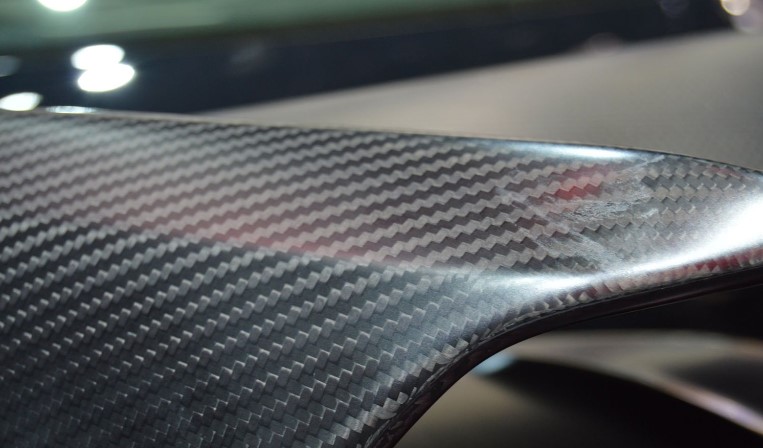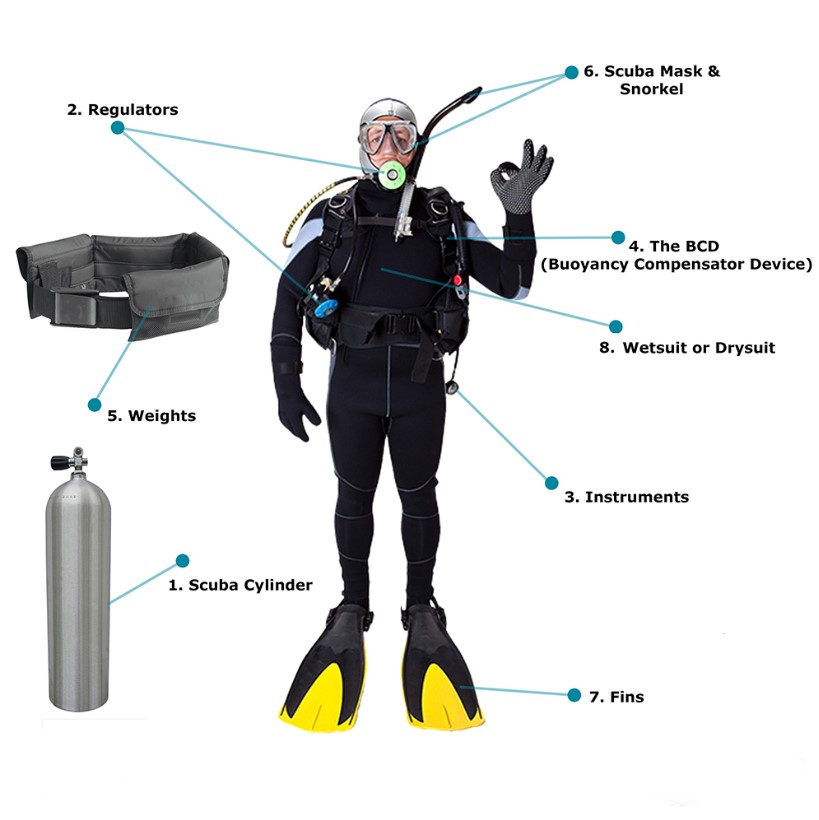For decades, aluminum has been the undisputed champion of scuba diving air cylinders. However, a challenger has emerged – the sleek and lightweight carbon fiber cylinder. While many divers remain loyal to aluminum, carbon fiber offers a compelling alternative. This article dives deep into the world of scuba diving cylinders, comparing carbon fiber and aluminum, exploring the reasons behind aluminum’s current dominance, and unveiling the potential future of carbon fiber in the underwater realm.
Aluminum: The Tried-and-True Workhorse
Aluminum air cylinders have reigned supreme in the scuba diving world for several reasons:
-Affordability: Aluminum cylinders are significantly less expensive than their carbon fiber counterparts. This affordability makes them a more accessible option for recreational divers, especially beginners who are just starting out with the equipment.
-Proven Track Record: Aluminum has a long history of safe and reliable use in scuba diving. Divers are familiar with the maintenance and inspection procedures for these cylinders, creating a sense of comfort and trust.
-Wide Availability: Aluminum cylinders are readily available at most dive shops and filling stations worldwide. This ease of access makes them a convenient choice for divers, especially when traveling to new dive destinations.
-Durability: Aluminum cylinders are known for their robust construction and ability to withstand the demands of scuba diving, offering peace of mind to divers.
Carbon Fiber: The Lightweight Contender
Carbon fiber cylinders offer several key advantages over aluminum:
-Unmatched Weight Reduction: The most striking benefit of carbon fiber is its significantly lighter weight. Compared to an aluminum cylinder of the same volume, a carbon fiber cylinder can be up to 70% lighter. This translates to:Corrosion Resistance: Unlike aluminum, which is susceptible to rust and corrosion, carbon fiber is immune to these issues. This eliminates the potential for deterioration over time and reduces the need for replacements due to corrosion damage.
1.Improved Maneuverability: Lighter cylinders allow divers to move with greater ease underwater, reducing fatigue and enhancing overall enjoyment of the dive.
2.Reduced Back Strain: The lighter weight minimizes strain on the back and shoulders, improving comfort and potentially reducing the risk of musculoskeletal injuries during long dives.
3.Increased Payload Capacity: For technical diving or professional operations, the weight savings of carbon fiber can allow divers to carry additional equipment or longer-duration gas supplies.
The Weight of Choice: Why Aluminum Still Reigns Supreme
Despite the benefits of carbon fiber, aluminum remains the most popular choice for several reasons:
-Higher Initial Cost: Carbon fiber cylinders are typically more expensive than aluminum cylinders. This upfront cost can be a deterrent for budget-conscious divers.
-Limited Availability: While availability is improving, carbon fiber cylinders might not be as readily available at all dive shops or filling stations compared to aluminum options, especially in remote locations.
-User Habits and Comfort: Many divers are comfortable with aluminum cylinders and familiar with their maintenance procedures. Switching to carbon fiber requires learning new protocols and adapting to a different feel underwater.
The Future of Scuba Cylinders: A Shift on the Horizon?
The scuba diving industry seems to be on the cusp of a potential shift towards carbon fiber cylinders. Here’s why:
-Technological Advancements: Continuous improvements in carbon fiber technology might lead to more affordable and readily available cylinders in the future.
-Diver Education: As divers become more aware of the benefits of carbon fiber, the demand for these cylinders could increase, potentially driving down costs and increasing availability.
-Focus on Sustainability: The long-term durability and potentially lower environmental footprint of carbon fiber could be a factor driving adoption, especially for environmentally conscious divers.
The Final Verdict: A Choice for the Weight-Conscious Diver
Ultimately, the choice between aluminum and carbon fiber cylinders boils down to individual preferences and priorities. For divers who prioritize affordability, wide availability, and a familiar experience, aluminum remains a solid choice. However, for weight-conscious divers who value enhanced maneuverability, comfort, and reduced fatigue, carbon fiber offers a compelling alternative. As technology advances and diver awareness increases, we might witness a future where carbon fiber becomes a more prevalent sight in the underwater world.
Post time: May-16-2024


